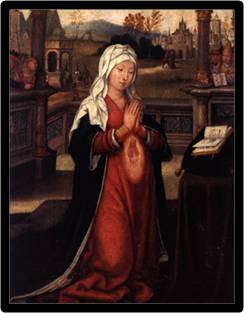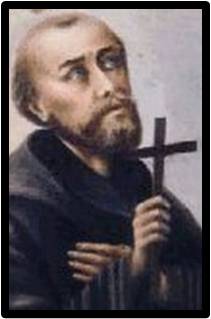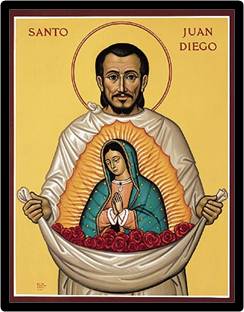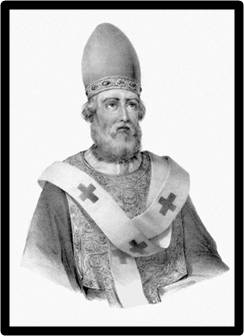DECEMBER 8 - IMMACULATE CONCEPTION OF MARY

On December 8, we honor the Immaculate Conception of Mary our Mother.
Our first parents offended God by sinning seriously. Because of the fall of Adam and Eve, every baby is born into the world with original sin.
We are all children of our first parents so; we all inherit their sin. This sin in us is called original sin.
But the Blessed Virgin Mary was given a marvelous gift. She was conceived in the womb of her mother, St. Anne, without this original sin.
Our Lady was to be the mother of Jesus, God's only Son. The evil one, the devil, should have no power over Mary. There was never the slightest sin in our all-beautiful mother.
That is why one of the Church's favorite hymns to Mary is: "You are all-beautiful, O Mary, and there is no sin in you."
This great favor that God blessed Our Lady with is called her Immaculate Conception.
One hundred and fifty years ago, in 1854, Pope Pius IX proclaimed to the whole world that there was no doubt at all that Mary was conceived without sin.
Four years later, she appeared to Bernadette at Lourdes. When St. Bernadette asked the lovely lady who she was, Mary joined her hands and raised her eyes toward heaven. She said, "I am the Immaculate Conception."



